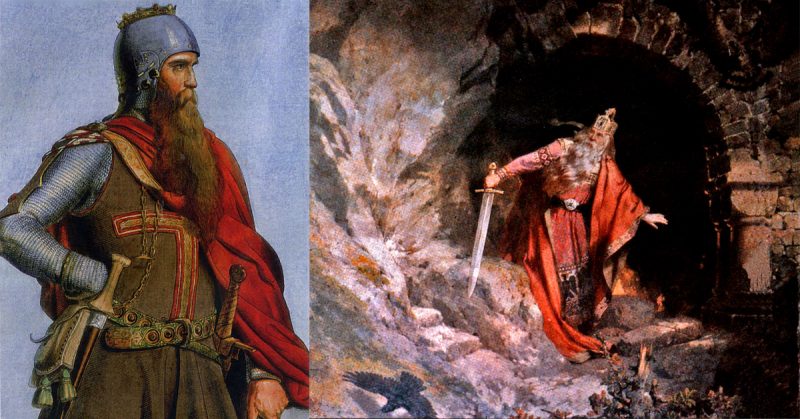Frederick Hohenstaufen, also known as Frederick Barbarossa, became Emperor Frederick I of the Holy Roman Empire in 1152, succeeding his uncle Conrad III. With a reign that lasted until 1190, he has been remembered as not only a long-lived emperor but a successful one, who triumphed in politics, culture, and on the battlefield.
But in reality, Frederick’s military campaigns were mixed in their effectiveness and impact.
The Second Crusade
Frederick gained substantial military experience before becoming emperor. This came in part from participation in one of the most prestigious military endeavors available to a medieval European noble – crusading.
The fall of Edessa to the Muslim leader Zangi in 1144 stirred a new wave of crusading fervor, the greatest seen since the crusades were first launched nearly 50 years before. Inspired by the preaching of the famed St Bernard, Conrad III and Louis VII of France set out to the Holy Land in 1146 at the head of large armies. Frederick was part of his uncle’s force.
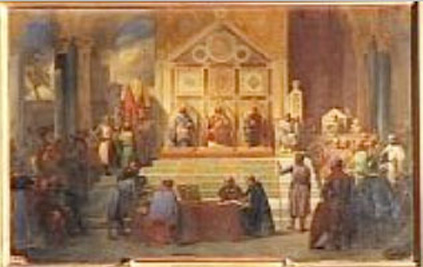
The crusade did not go well, least of all for the Germans. Conrad’s army was ambushed by Turks at Dorylaeum and badly defeated. Despite this, they carried on, joining with Louis for the siege of Damascus in 1148. Their large army was defeated due to inept handling, with disastrous assaults against both the western and eastern sides of the city. As arguments broke out between crusaders and local Christians, they headed home in 1149.
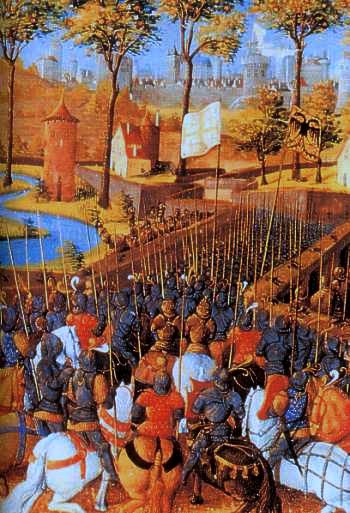
First Italian Campaign
Having ascended to the imperial throne, Frederick launched his first campaign in his own right – a small expedition into Italy in 1154-5.
His aim was to assert his shaky authority over the Italian cities, possessions of great prestige and economic value. He intended to hold a diet, an imperial council, at Roncaglia and then move on to Rome for a coronation by the Pope. But the increasingly independent cities were unwilling to pay the taxes and provisions he considered his rights. His heavy-handed response, in which cities were sacked and their surrounding territories ravaged, did nothing to add to his popularity.
Eventually reaching Rome, Frederick’s troops had to fight the Romans in the streets. But he got his coronation at the hands of Pope Hadrian IV, an important gesture for a theoretically Roman emperor. Then disease struck the army, and he retreated north.
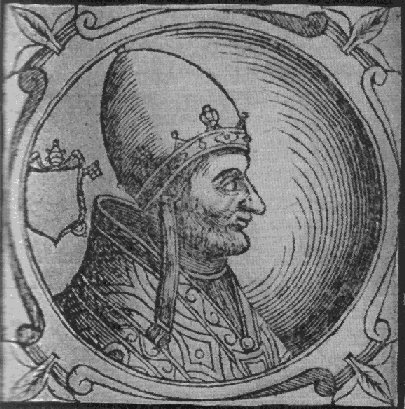
Second Italian Campaign
The next expedition into Italy, from 1158 to 1162, was more substantial. Having seized rebellious Milan, Frederick held another diet at Roncaglia, in which he removed many of the privileges of the Italian cities. Displeasure at this allowed Milan to pull together an anti-Imperial alliance, starting with the cities of Brescia and Crema.
From July 7th, 1159, to January 27th, 1160, Frederick laid siege to Crema. The city was well defended by double walls and a water-filled ditch. The citizens fought with bravery and determination. It was only by building and attacking with two massive siege towers that Frederick was able to convince them that they could not win. The city surrendered. Frederick, who had already strapped Cremascan prisoners of war to the front of a siege tower, went further in his atrocities, razing everything from the city’s walls to its churches to show the cost of rebellion.
The next two years were spent in dealing with Milan, the ringleader of the revolt. Milanese and imperial armies maneuvered against each other with mixed results in the surrounding country. In May 1161, Imperial reinforcements arrived from Germany, allowing Frederick to drive back the Milanese and besiege their city. The Milanese surrendered on the 1st of March 1162, handing over hostages, allowing their churches and defenses to be destroyed and their population to be dispersed.
Frederick was determined to make his point, no matter how poorly it had served him in the past. In the face of imperial wrath, resistance would only lead to pain.
Third Italian Campaign
Frederick’s next target was Rome, the spiritual heart of Christian Europe and therefore a seat of significant political power. Control of Rome meant influence over the Pope and even power over his selection.
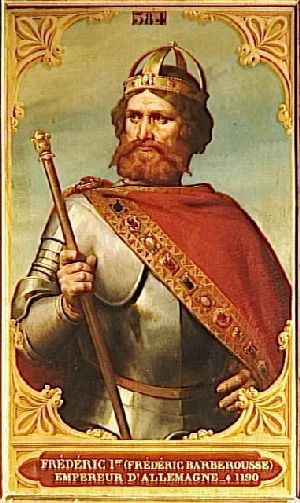
Rome had been a protectorate of Sicily, but when the Sicilian King William died in 1166, Frederick saw his opportunity. Bringing a smaller force than on his last expedition, he headed into Italy.
Verona and Padua had now allied against Frederick, blocking the pass into Italy and forcing him to take a roundabout route. After wintering in Pavia and raising more taxes, he failed to take Ancona and then marched on Rome. St Peter’s was subjected to a week-long siege, the city burned, and finally, Frederick enthroned his choice of pope, Paschal III.
Then disease struck the army again, and they retreated to Germany.
Fourth Italian Campaign
In response to Frederick’s third campaign, sixteen Italian cities formed the Lombard League, to provide mutual defense against him. When he returned in 1174-6, the League drove him back from besieging Pavia, then faced him in a pitched battle at Legnano on the 29th of May 1176. After driving back the League’s reconnaissance cavalry, Frederick attacked the center of their lines. The League troops held, Frederick was mistakenly thought to have been killed, and his troops fled.
The wealth of Italy had allowed its cities to throw off Frederick, and in 1183 he finally formed a truce with them in the Peace of Constance.
Baltic Crusades
Throughout Frederick’s reign, he and other German princes fought in an on-going crusade against the pagans living in Eastern Europe. With better armor, horses, and castles, and supported by Scandinavians returning to Viking raiding tactics, the Germans drove the pagans back, gradually expanding the cultural, social, religious, and political boundaries of Europe.
Even here, Frederick wound up fighting against other Christian powers. Henry the Lion, Duke of Saxony and Bavaria, was so focused on crusading that he refused to join Frederick’s Italian campaigns. Frederick outlawed him in 1179, besieged his castles, and forced Henry to surrender and go into exile in 1181.
